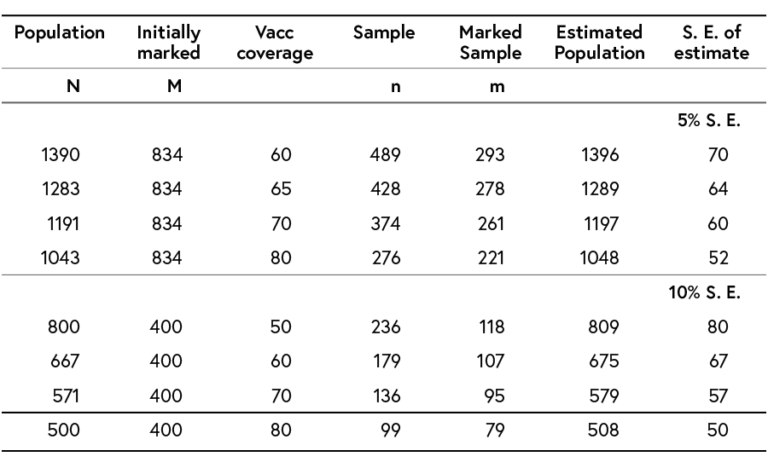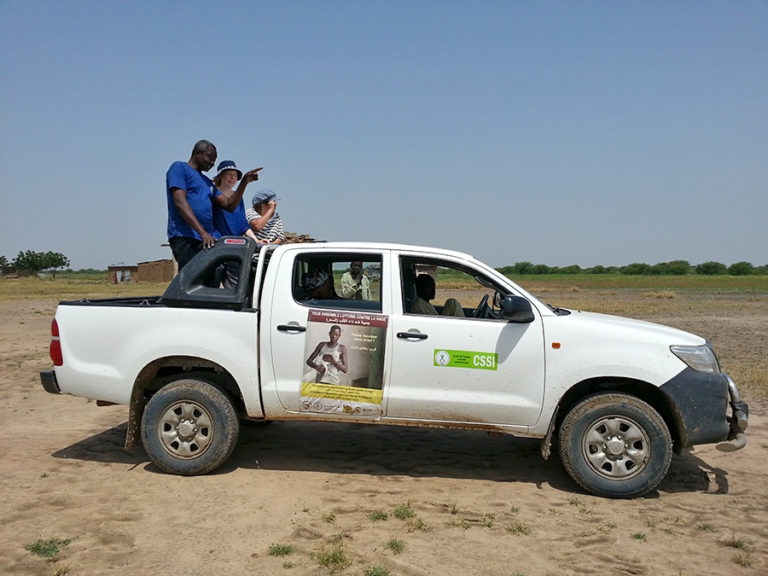Home / Healthcare & Medicine / Veterinary Science / One Health: Connecting Humans, Animals and the Environment / Understand and test capture-mark-recapture methods
This article is from the free online
One Health: Connecting Humans, Animals and the Environment


Reach your personal and professional goals
Unlock access to hundreds of expert online courses and degrees from top universities and educators to gain accredited qualifications and professional CV-building certificates.
Join over 18 million learners to launch, switch or build upon your career, all at your own pace, across a wide range of topic areas.

 Table: recapture sample size, according to Petersen-Bailey
Table: recapture sample size, according to Petersen-Bailey Image one: transect line to estimate the unknown proportion of ownerless dogs
Image one: transect line to estimate the unknown proportion of ownerless dogs Image two: observing dogs in the street in N’Djaména
Image two: observing dogs in the street in N’Djaména Image three: a free-roaming dog in N’Djaména – is he vaccinated?
Image three: a free-roaming dog in N’Djaména – is he vaccinated? 





